No products in the cart.
We deliver to
🇺🇸 USA · 🇨🇦 Canada · 🇮🇹 Italy · 🇵🇱 Poland · 🇮🇪 Ireland ·
🇬🇧 United Kingdom · 🇳🇿 New Zealand · 🇯🇵 Japan · 🇨🇭 Switzerland ·
🇮🇱 Israel · 🇲🇽 Mexico · 🇦🇺 Australia · 🇨🇿 Czechia · and more
We deliver to
🇺🇸 USA · 🇨🇦 Canada · 🇮🇹 Italy · 🇵🇱 Poland · 🇮🇪 Ireland ·
🇬🇧 United Kingdom · 🇳🇿 New Zealand · 🇯🇵 Japan · 🇨🇭 Switzerland ·
🇮🇱 Israel · 🇲🇽 Mexico · 🇦🇺 Australia · 🇨🇿 Czechia · and more
Cholelesan capsules 30 pcs.
$25.82
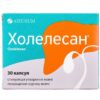
[category_image]
Essliver Forte capsules 30 pieces
$27.68
Essliver forte – hepatoprotector. The action is due to the properties of the components that make up the drug.
Categories: Gastrointestinal tract and liver
Brand: Nabros Pharma
Pharmacological properties
The main active ingredient of the drug is natural phospholipids (substance epl). Phospholipids are similar in chemical structure to endogenous phospholipids, but surpass them due to the high content of polyunsaturated fatty acids. These molecules are mainly incorporated into the structures of cell membranes and facilitate the restoration of damaged liver tissues. Phospholipids have a hepatoprotective effect when liver cells are damaged by viruses, alcohol, toxic substances. The rate of entry and excretion of substances in cells increases, enzyme systems are restored and liver metabolism is improved.
Phospholipids affect impaired fat metabolism by regulating lipoprotein metabolism, as a result of which neutral fats and cholesterol are converted into forms suitable for transport, especially due to an increase in the ability of HDL to bind cholesterol, and are directed for further oxidation. When phospholipids are excreted through the biliary tract, the lithogenic index decreases and bile is stabilized.
The vitamin complex performs the following functions: nicotinamide has a hypolipidemic effect and prevents fatty degeneration of the liver; pyridoxine as a coenzyme participates in the metabolism of phospholipids, amino acids and proteins; thiamine participates in carbohydrate metabolism; riboflavin is a cofactor of numerous respiratory enzymes; tocopherol acts as an antioxidant at the cell membrane level, preventing the oxidation of unsaturated fatty acids.
When taken orally, more than 90% of the drug is absorbed in the small intestine. The main amount is broken down by phospholipase-A to 1-acyl-lyso-phosphatidylcholine, 50% of which is immediately broken down into polyunsaturated phosphatidylcholine during absorption in the small intestine. Polyunsaturated phosphatidylcholine enters the blood through the lymphatic system and is then transported to the liver, mainly in a complex with HDL. The maximum content of phosphatidylcholine in the blood 6-24 hours after oral administration is on average 20%.
Indication
Fatty liver degeneration (including liver damage in diabetes), acute and chronic hepatitis, cirrhosis of the liver, pre- and postoperative treatment of the patient during surgical intervention on the liver and biliary tract, toxic liver lesions, toxicosis of pregnancy, psoriasis, radiation syndrome.
Application
The dose for adults and children over 12 years of age is usually 1-2 capsules 3 times a day. Take the capsules with meals, without chewing, with a small amount of water.
The dosage of the drug and the duration of treatment are determined by the doctor individually for each patient, taking into account the nature and severity of the pathological process, the characteristics of the course of the disease, the achieved therapeutic effect and the tolerability of the drug. On average, the course of treatment is at least 3 months.
Psoriasis treatment begins with the prescription of the drug 2 capsules 3 times a day for 2 weeks, and then – in combination with generally accepted methods of treating psoriasis, 1 capsule 3 times a day for 2 months.
Contraindication
Hypersensitivity to the components of the drug. Allergic diseases. Intrahepatic cholestasis. Gastric and duodenal ulcers in the acute stage.
Side effects
In some cases, the following side effects may occur when using the drug.
Gastrointestinal tract: dyspeptic disorders, nausea, vomiting, diarrhea, constipation, heartburn, discomfort and pain in the epigastrium.
Skin and subcutaneous tissue disorders: skin rash, urticaria, itching.
In individuals with individual intolerance to any component of the drug, hypersensitivity reactions, including angioedema and anaphylaxis, are possible.
Urine may turn yellow.
Special instructions
Use the drug with caution and after consulting a doctor in case of severe heart or kidney diseases, increased risk of thromboembolism, patients with a history of gastric and duodenal ulcers, neoplasms, nephrolithiasis, erythremia, erythrocytosis, hyperuricemia.
The use of the drug may lead to a false-positive test for urobilinogen using Ehrlich’s reagent.
Use during pregnancy and breastfeeding. The drug can be used during pregnancy and breastfeeding according to indications, as prescribed and under the supervision of a doctor.
Children. Used to treat children over 12 years of age.
The ability to influence the reaction speed when driving vehicles or working with other mechanisms. Does not affect.
Interactions
Vitamin B6 weakens the effect of levodopa, prevents or reduces toxic manifestations that develop when using isoniazid and other anti-tuberculosis drugs.
PASK, cimetidine, calcium preparations, ethanol reduce the absorption of vitamin B12 .
Riboflavin is incompatible with streptomycin and reduces the effectiveness of antibacterial drugs (oxytetracycline, doxycycline, erythromycin, tetracycline and lincomycin). Tricyclic antidepressants, imipramine and amitriptyline, inhibit riboflavin metabolism, especially in heart tissues.
It is not recommended to prescribe it simultaneously with other multivitamin preparations, as an overdose of the latter in the body is possible.
Vitamin E cannot be used simultaneously with iron preparations, silver, alkaline agents (sodium bicarbonate, trisamine), and indirect anticoagulants (dicoumarin, neodicoumarin).
Vitamin E enhances the effect of steroidal and nonsteroidal anti-inflammatory drugs (diclofenac sodium, ibuprofen, prednisolone), reduces the toxic effect of cardiac glycosides (digitoxin, digoxin), vitamins A and D. The appointment of vitamin E in high doses can cause vitamin A deficiency in the body.
Vitamin E and its metabolites have an antagonistic effect on vitamin K. Increases the effectiveness of antiepileptic drugs in patients with epilepsy (who have an increased content of lipid peroxidation products in the blood).
Cholestyramine, colestipol, and mineral oils reduce the absorption of vitamin E.
Overdose
Symptoms: nausea, vomiting, diarrhea, headache, drowsiness, lethargy, facial flushing, irritability, increased manifestations of adverse reactions. With prolonged use in high doses, peripheral neuropathy is possible.
Treatment: gastric lavage, administration of activated charcoal, hyperosmotic laxatives.
Storage conditions
At a temperature not exceeding 25 °C.
Be the first to review “Essliver Forte capsules 30 pieces” Cancel reply
You may also like


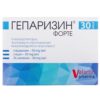
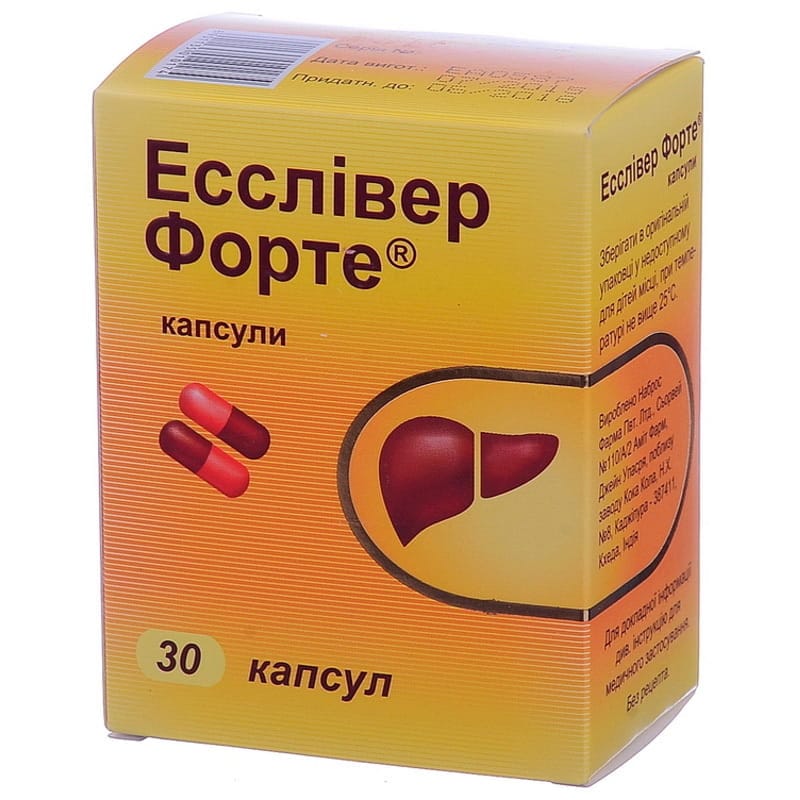
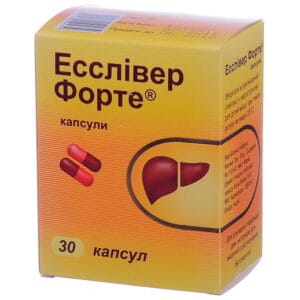
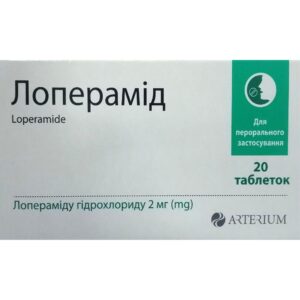
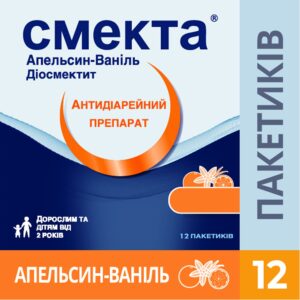
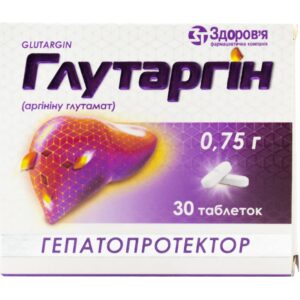
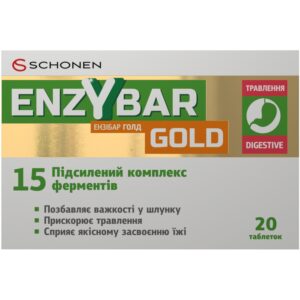
Reviews
There are no reviews yet.